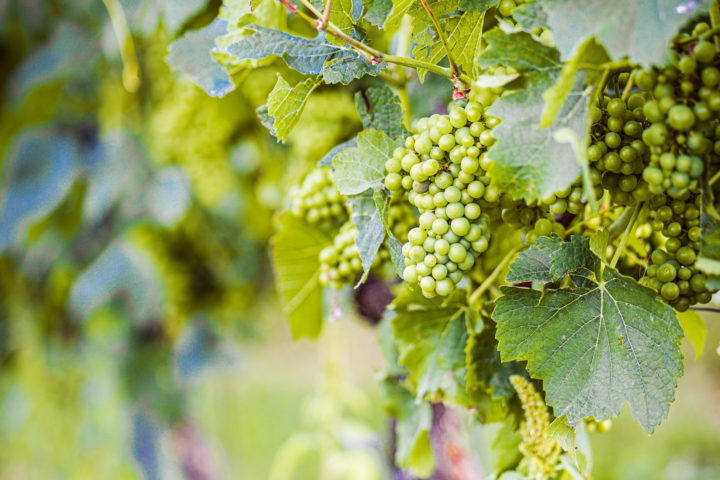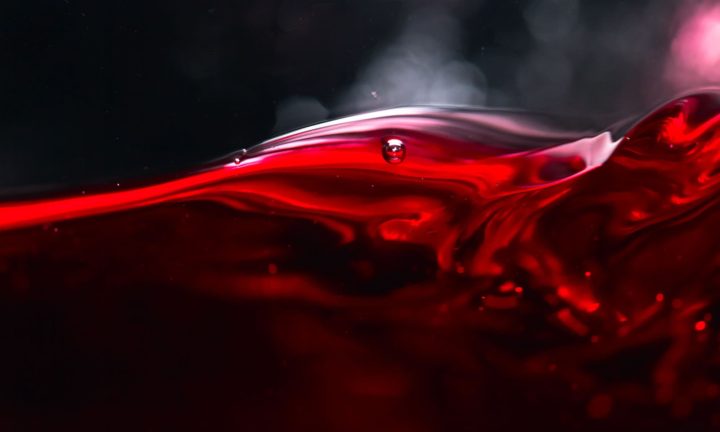Histamine in wine is a controversial topic that unsettles many wine lovers and consumers. Is histamine in wine really a problem or just a myth? This article clarifies the question of whether histamine is actually present in wine and what effects it can have on the human body. The background of histamine and its occurrence in other foods will also be highlighted, as well as ways to enjoy wine with little or no histamine.
What are histamines anyway?
Histamines are biogenic amines found in the human body and in many foods. They are formed during the fermentation of amino acids and are involved in many physiological processes in the body. Histamine is broken down and regulated in the body by the enzyme diamine oxidase (DAO). In a healthy person, the balance between histamine intake and breakdown is normally balanced.
However, histamine can also have negative effects if it is ingested in excessive amounts or if the body is unable to break it down sufficiently. In such cases, histamine intolerance may occur, which can manifest itself in the form of headaches, reddening of the skin, gastrointestinal complaints and other symptoms.
Histamines in other foods
Besides wine, there are many other foods that can contain histamine. These include, for example, cheese, sausage, fish and various vegetables. Particularly high histamine contents are found in long-matured foods such as hard cheese or air-dried sausage. In fish and fish products, histamine is formed by the breakdown of the amino acid histidine.
List of 19 foods rich in histamine
- Fermented, aged and processed foods (generally speaking).
- Smoked, cured and matured meat, including bacon, sausage and salami
- Canned fish (e.g. sardines or herring)
- Smoked fish
- Aged cheeses (e.g. Parmesan* or Gorgonzola)
- Walnuts, peanuts, cashew nuts
- Sparkling wine, wine and beer
- Some juices (e.g. tomato and orange juice)
- Sauerkraut and other fermented products
- Seafood
- Yeast pastry
- Spinach, eggplant and tomatoes
- Avocado
- Arugula
- Chocolate and cocoa products
- Vinegars
- Soy sauce
- Yeast extract
- Black tea, mate tea and energy drinks
It should be noted, however, that the histamine content in foods can vary greatly and depends on various factors such as production, storage and preparation. Therefore, it is difficult to make generally valid statements about the histamine content of certain foods.
How is histamine produced during wine production?
During winemaking, histamine is produced by the fermentation of amino acids contained in grapes. In particular, the bacterium Oenococcus oeni, which plays a role in malolactic fermentation (malo for short), can produce histamine. During this acid reduction malic acid is converted into lactic acid, which makes the wine milder and softer. This process occurs mainly in the production of red wine, but can also occur in white wine.
The formation of histamine in wine is influenced by various factors, such as the degree of ripeness of the grapes, the quality of the grapes, the hygiene during vinification, the fermentation temperature and the duration of fermentation. Storage can also have an impact on histamine levels, as bacteria and yeasts can continue to produce histamine under unfavorable storage conditions.
Histamine intolerance when the amount is too high
Histamine intolerance is an intolerance of the body to histamine. It occurs when the body is unable to adequately break down ingested histamine. This can be caused, for example, by a deficiency of the enzyme diamine oxidase (DAO) or by a disturbed intestinal flora.
The symptoms of intolerance can be manifold and manifest themselves differently in each individual. These include headaches, migraines, flushing of the skin, itching, digestive problems, nausea, shortness of breath or palpitations. In case of intolerance, the histamine content in food should be reduced and the breakdown of histamine in the body should be supported. This can be done, for example, by changing the diet accordingly, taking DAO preparations or treating underlying diseases.
Histamine-free wine, is it possible?
Producing completely histamine-free wines is nearly impossible, as histamine is naturally produced during fermentation. However, there are wines that contain less histamine and are therefore better tolerated by people with histamine intolerance. The amount of histamine in wine can be reduced by specific measures during winemaking and storage.
For example, some winemakers use special yeasts that produce less histamine or control fermentation temperature and duration to minimize histamine production. The use of grapes with lower histidine content and optimal hygiene during winemaking can also help to reduce the amount of histamine.
Wines with particularly high histamine content
Red wines generally have higher levels of histamine than white wines because they undergo malolactic fermentation more frequently. Especially strong, full-bodied and longer matured red wines often contain more free histamines. However, this does not mean that all red wines are problematic for people with histamine intolerance, as the content varies greatly within red wines.
Certain white wines may also have elevated histamine levels if, for example, they have undergone malolactic fermentation or have been stored under unfavorable conditions. Overall, however, the proportion is lower on average for white wines than for red wines.
Wines with little histamine
Low histamine wines are usually better tolerated by people with histamine intolerance. These are mostly young, fresh white wines that have not undergone malolactic fermentation and have been stored under optimal conditions. Certain red wines, which have a reduced level of histamines due to specific measures taken during winemaking, can also be an alternative for those affected.
It is important to know that histamine levels can vary from wine bottle to wine bottle. Therefore, when tasting wine, it is advisable to try only small amounts at first to find out which ones are best tolerated by you personally.
Conclusion
In summary, histamine is not a myth, but can actually occur. Especially red wines and those that have been stored for a longer time often have a higher histamine content than fresh white wines. Nevertheless, it is possible to find and enjoy wines that are lower in histamine if you pay attention to certain production and storage conditions.
In general, however, people with intolerance should be cautious and reduce the total histamine in their diet. It may be helpful to seek advice from a nutritionist or physician and to take DAO supplements if necessary.
Ultimately, whether one prefers wine with high or low histamine content depends on individual needs and tolerances. It should be noted, however, that histamine content is a factor that should be taken into account when selecting wine.









